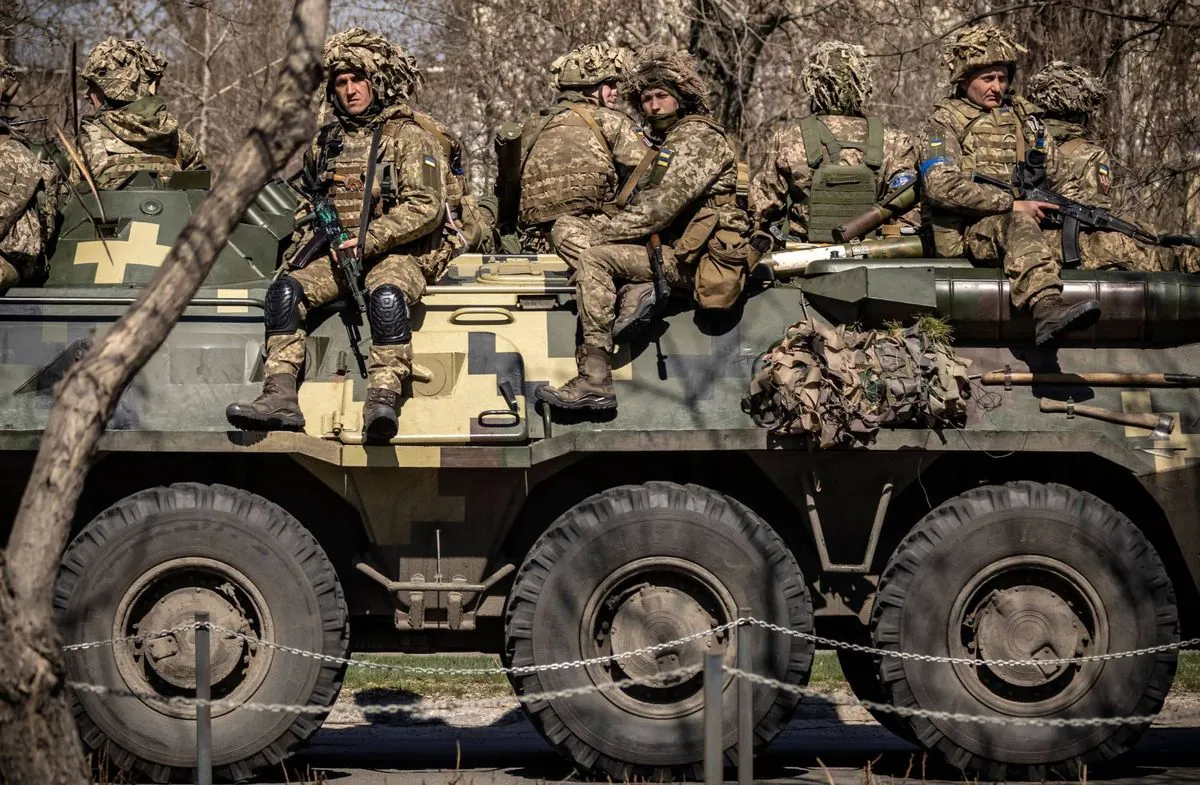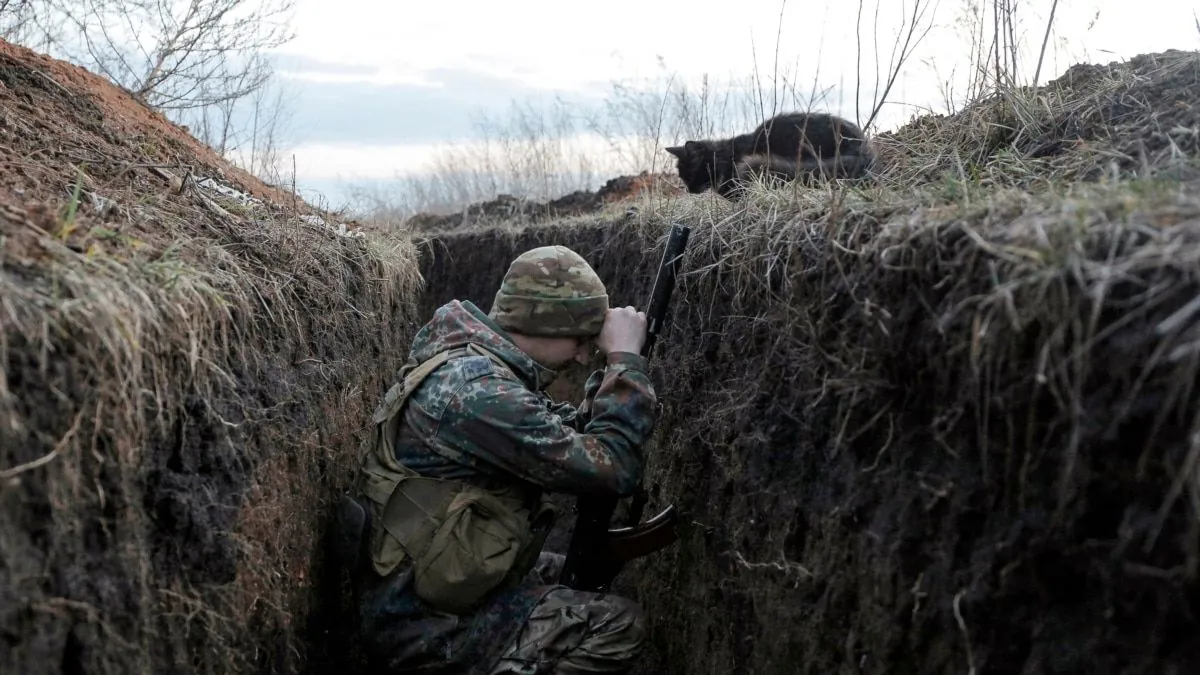Ukraine Reports Unabated Russian Pressure on Eastern Front
Ukraine observes persistent Russian military activity along its eastern border, with intense fighting near Pokrovsk. Despite Ukraine's recent incursion into Russia, no significant changes in Russian troop deployment have been noted.

One year after Russia's full-scale invasion, the conflict in Ukraine continues unabated. Ukrainian officials report that Russian military pressure remains constant along the eastern front, with the most intense fighting in weeks occurring near Pokrovsk.
Dmytro Lykhoviy, a military spokesperson, stated that despite some troop movements, no substantial changes in Russian force deployment have been observed. This assessment comes in the wake of Ukraine's strategic incursion into Russia's Kursk region on August 6, 2023, which was believed to be an attempt to divert Russian reserves.
Serhiy Tsehotskiy, an officer with the 59th Motorized Brigade, confirmed the persistent Russian pressure in the partially-occupied Donetsk region. He noted that Russian forces have utilized all available reserves in this area, maintaining significant pressure on Ukrainian positions.

The Ukrainian military's General Staff reported 58 engagements near Pokrovsk, a key logistics hub under Ukrainian control, marking the highest number of daily battles in the area this month. This surge in military activity underscores the strategic importance of the region.
Adding to the complexity of the situation, the DeepState military blog reported Russian advances in the villages of Zhelanne and Orlivka on the eastern front. These developments highlight the fluid nature of the conflict and the ongoing territorial disputes.
"No significant changes in the size of the group were detected, and the number of the personnel is not changing enough to indicate any differences or weakening in ... hostilities."
The ongoing conflict, which began in 2014 and escalated dramatically in 2022, has had far-reaching consequences. It has triggered the largest refugee crisis in Europe since World War II and has had significant global economic impacts, particularly on food and energy prices.
As the war continues, Ukraine has received substantial military aid from Western countries, while NATO has increased its presence in Eastern Europe. The conflict has also seen an unprecedented level of cyber warfare, adding a modern dimension to the traditional battlefield.
Both sides have accused each other of war crimes during the conflict, further complicating diplomatic efforts to resolve the crisis. As the situation evolves, the international community remains focused on the developments in this critical region, with hopes for a peaceful resolution seemingly distant.


































